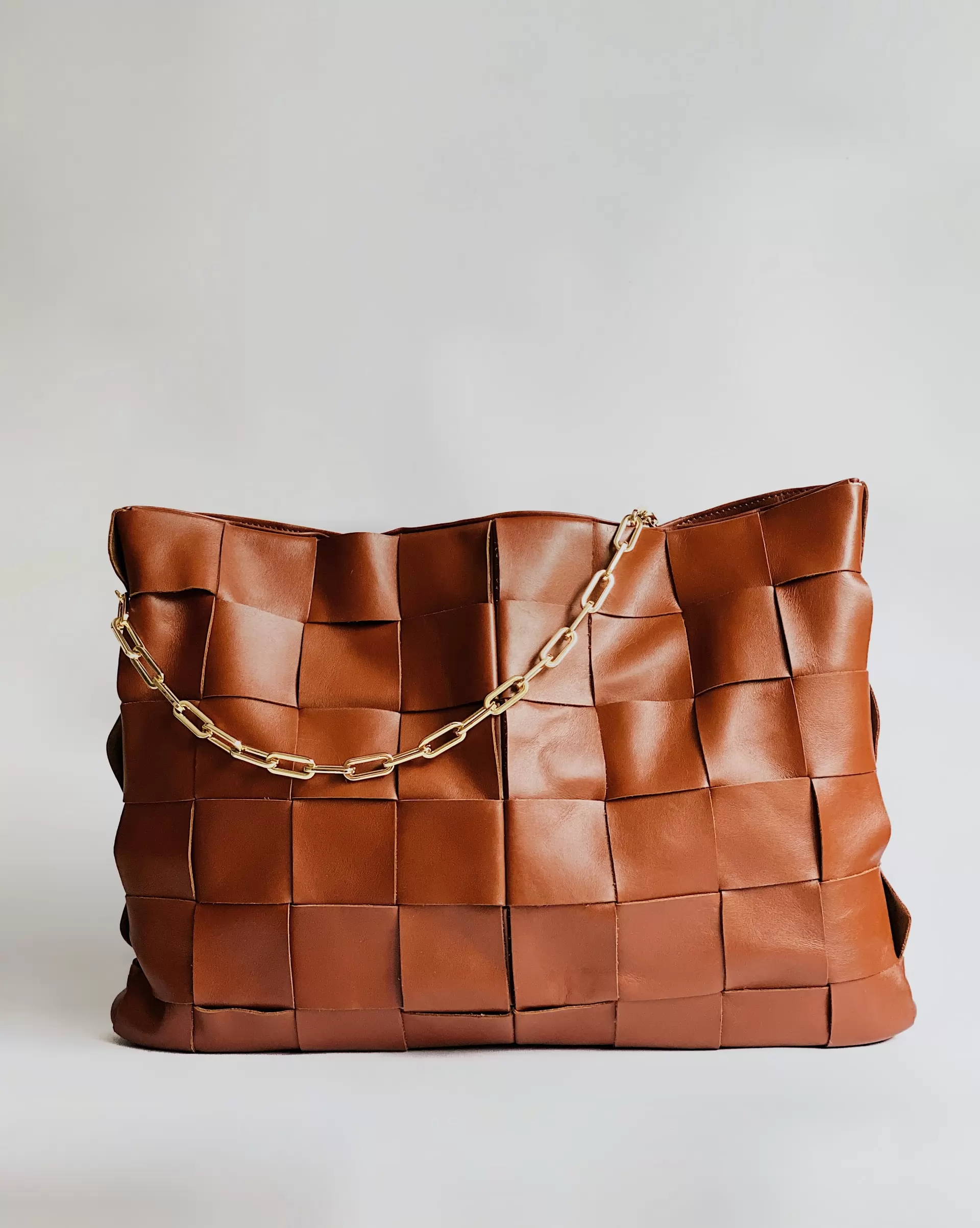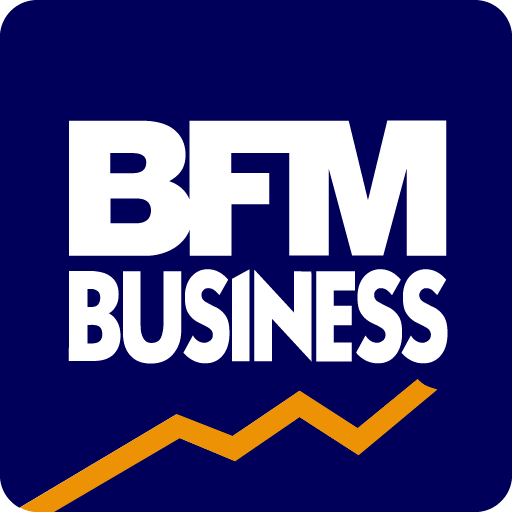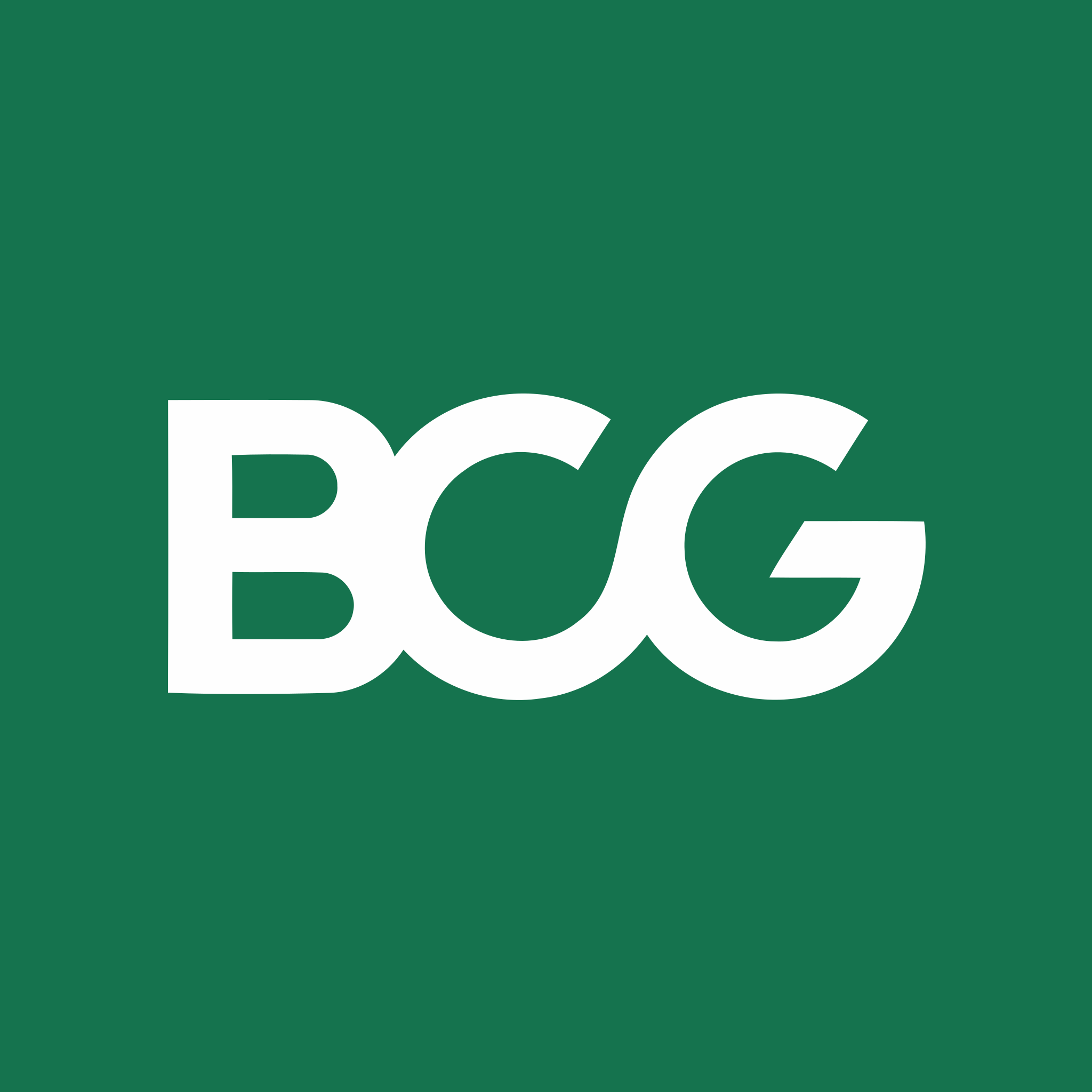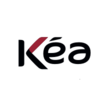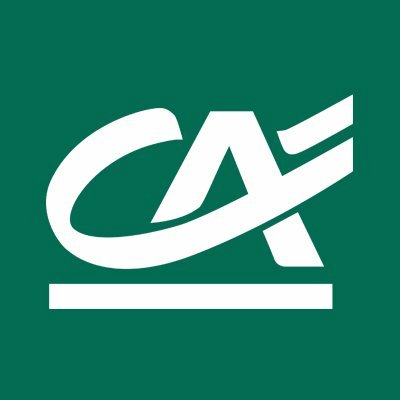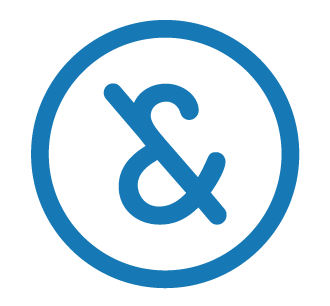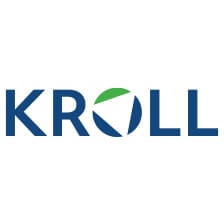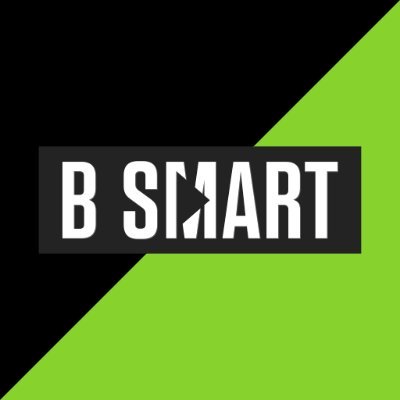Summary of our market study
Since 2020, the leather goods market has faced significant challenges due to the Covid-19 pandemic, particularly in Spain where sales dropped by roughly 10.49%, disrupting a previously positive growth trend. Despite this setback, the global leather goods market is projected to expand significantly, with an anticipated annual growth rate of 6.6%, potentially reaching a valuation of US$405 billion by 2030. Asia is poised to lead this growth, particularly China, due to the surge in High Net Worth Individuals (HNWI) within the region. In the luxury segment, key players such as LVMH, Kering, and Tapestry dominate, controlling substantial market shares.
The Spanish market has shown resilience, as indicated by a slow but recovering domestic market, notable export activities (€840 million in 2020), and a positive trade balance buoyed by a shift towards high-end and mid-range products, led by the handbag category which constitutes 61% of sectoral revenues. Despite global disruptions, the Spanish leather goods sector maintains its competitiveness, underpinned by artisanal craftsmanship and a steadily growing interest in eco-consciousness and second-hand markets. Regulations such as EU Regulation 1007/2011 ensure the industry's compliance with standards concerning labeling and compositions, with Spain standing out for its expertise and tradition, especially in regions like Andalusia.
Evolving Consumer Preferences in the Spanish Leather Goods Market
The leather goods market in Spain has experienced a significant transformation, influenced by both global trends and the local impact of the Covid-19 pandemic. The Spanish sector, renowned for its high-quality craftsmanship, has been integrating new consumer patterns such as sustainability, online shopping, and the second-hand market while stabilizing amid recent economic challenges. Historically, Spain's leather goods industry has catered to a mix of high-end and mid-range products, with luxury items being less prominent except for a few exceptions like the globally recognized brand Loewe. The country's expertise in leather craftsmanship makes it an attractive hub for many international brands seeking quality production. The market contraction was directly linked to reduced consumer spending on non-essential items during the Covid-19 pandemic and restrictions on physical retail operations from March to May 2020. Notwithstanding, the sector demonstrated resilience, maintaining employment levels relatively stable compared to the previous year.
As the market rebounded in 2021 with the lifting of restrictions and the return of tourists, the outlook for 2022 and beyond looked promising, anticipating a recovery in consumption. With an increased awareness of fashion's environmental impact, consumer demand for sustainability has shaped the market, with approximately 20% of consumers pivoting away from animal leather products. However, the longevity and aesthetic qualities of authentic leather continue to support its popularity. The second-hand market has seen a surge, particularly in the case of high-end leather items such as Louis Vuitton luggage and bags, which have witnessed demand spikes between 70% and 101%, respectively. The expansion of the second-hand market reflects a growing Spanish commitment to reduce the carbon footprint and supports a circular economy. The Spanish leather goods industry, predominantly consisting of small businesses employing between one and ten people, has shown adaptability through digitization and a shift toward e-commerce. The international reputation of Spanish craftsmanship, especially from the town of Ubrique in Andalusia, has bolstered Spain's standing. The allure of traditional and modern luxury continues to thrive, propelled by the market appeal of influential social media platforms. In conclusion, the Spanish leather goods market is robust, with an anticipated growth and a diverse structure poised to meet the evolving demand for quality, aesthetics, sustainability, and digital engagement.
A Glimpse into the Pantheon of Leather Luxury: Prominent Market Players
In the illustrious realm of leather goods, a select few companies have risen to the zenith of luxury, dominating the market with their unparalleled craftsmanship, iconic designs, and enduring appeal. These market titans not only epitomize the essence of opulence but also influence trends and set standards for quality and aesthetics across the globe.
- LVMH (Moët Hennessy Louis Vuitton) : Leading the luxury leather goods industry is LVMH, a conglomerate that is synonymous with high fashion and premium quality. Louis Vuitton, one of its prominent brands, is renowned for its signature monogrammed handbags and luggage, with a history steeped in Parisian elegance and innovation.
- Kering Close on LVMH's heels, Kering stands tall with a diverse brand portfolio that includes names like Gucci and Saint Laurent. Kering is celebrated for blending contemporary artistry with timeless Italian craftsmanship, thereby creating pieces that are desired by aficionados of luxury across the world.
- Tapestry : Tapestry, the parent company of Coach, Kate Spade, and Stuart Weitzman, is a name that resonates with accessible luxury. These brands have carved their own niches within the Tapestry umbrella, offering a mix of classic American style, playful sophistication, and bold footwear.
- Prada : Prada, the Italian fashion powerhouse, has long been associated with avant-garde style and minimalist chic. Its leather goods epitomize the confluence of forward-thinking design with the legacy of Italian leather artisanship.
- Hermès Hermès, another stalwart in the luxury sector, is the epitome of exclusive craftsmanship. Best known for its iconic Birkin and Kelly bags, Hermès represents a legacy of meticulous handcrafting and exquisite detail that stands the test of time.
- Loewe Representing Spain's vaunted position in the global leather goods market, Loewe, owned by LVMH, is a testament to the country's rich heritage of leather artisanship. Its innovative approach to design and commitment to quality has positioned Loewe as a sought-after brand for those in the know.
The above players, among others, form an elite circle of influential brands that drive the global luxury leather goods industry. Each entity, with its own unique philosophy and aesthetic, contributes to the ever-evolving tapestry of this high-end market.
to understand this market
Detailed content of our market study
 Inforamtion
Inforamtion
- Number of pages : 35 pages
- Format : Digital and PDF versions
- Last update :
 Summary and extracts
Summary and extracts
1 Market overview
1.1 Definition and presentation
Leather goods are garments made from leather. These include handbags, gloves, belts and other leather goods. Indispensable fashion accessories, leather goods have been at the heart of a consumer surge in recent years.
The global market is growing fast, particularly in Asia, which represents a high-potential growth driver. However, the United States is still the world's leading market, followed by China and Japan, with European countries a distant second. The luxury leather goods market is relatively concentrated. The top six companies in the sector (LVMH, Kering, Tapestry, Michael Kors, Prada and Hermès International) control around two-thirds. Sales are more fragmented if we look at the market as a whole, with a multitude of smaller companies present in most countries.
In Spain, the leather goods market fell by around 10.49% in 2020, after growing by 2.18% the previous year. The covid-19 crisis considerably hampered sales, due to the sanitary closure of stores, particularly strong from March to May 2020. However, employment was maintained, with the number of employees almost stable compared with the previous year. Sales of leather goods have picked up in 2021 with the easing of restrictions. The outlook for 2022 is promising, with a recovery in consumption and the return of tourists to the peninsula.
All our studies are available online in PDF format
Take a look at an example of our research on another market!
 Choosing this study means :
Choosing this study means :
Access to more than 35 hours of work
Our studies are the result of over 35 hours of research and analysis. Using our studies allows you to devote more time and added value to your projects.
Benefit from 6 years' experience and over 1,500 industry reports already produced
Our expertise enables us to produce comprehensive studies in all sectors, including niche and emerging markets.
Our know-how and methodology enable us to produce reports that offer unique value for money.
Access to several thousand articles and paid-for data
Businesscoot has access to all the paid economic press as well as exclusive databases to carry out its market research (over 30,000 articles and private sources).
To enhance our research, our analysts also use web indicators (semrush, trends, etc.) to identify market trends and company strategies. (Consult our paying sources)
Guaranteed support after your purchase
A team dedicated to after-sales service, to guarantee you a high level of satisfaction. +44 238 097 0676
A digital format designed for our users
Not only do you have access to a PDF, but also to a digital version designed for our customers. This version gives you access to sources, data in Excel format and graphics. The content of the study can therefore be easily retrieved and adapted for your specific needs.
 Our offers :
Our offers :
the leather goods market | Spain
- What are the figures on the size and growth of the market?
- What is driving the growth of the market and its evolution?
- What is the positioning of companies in the value chain?
- Data from several dozen databases
5 reports pack (-15%) ES Spain
- 5 reports at €75.6 excluding VAT per study to choose from our Spanish catalogue for 12 months
- Save 15% on additional studies purchased
- Choose to be refunded any unused credit at the end of the 12-month period (duration of the pack)
See the terms and conditions of the pack and the refund of unused credit.
